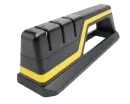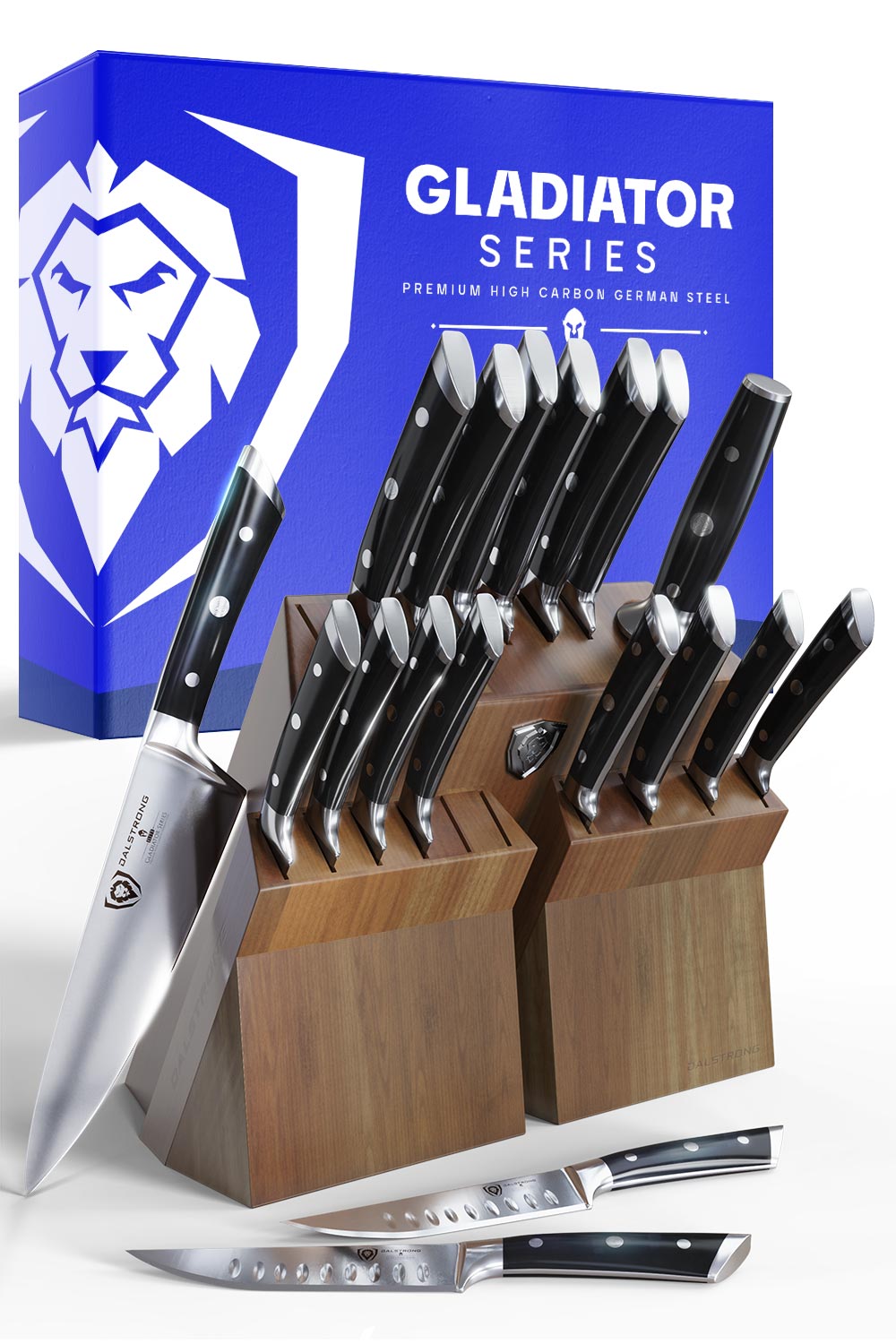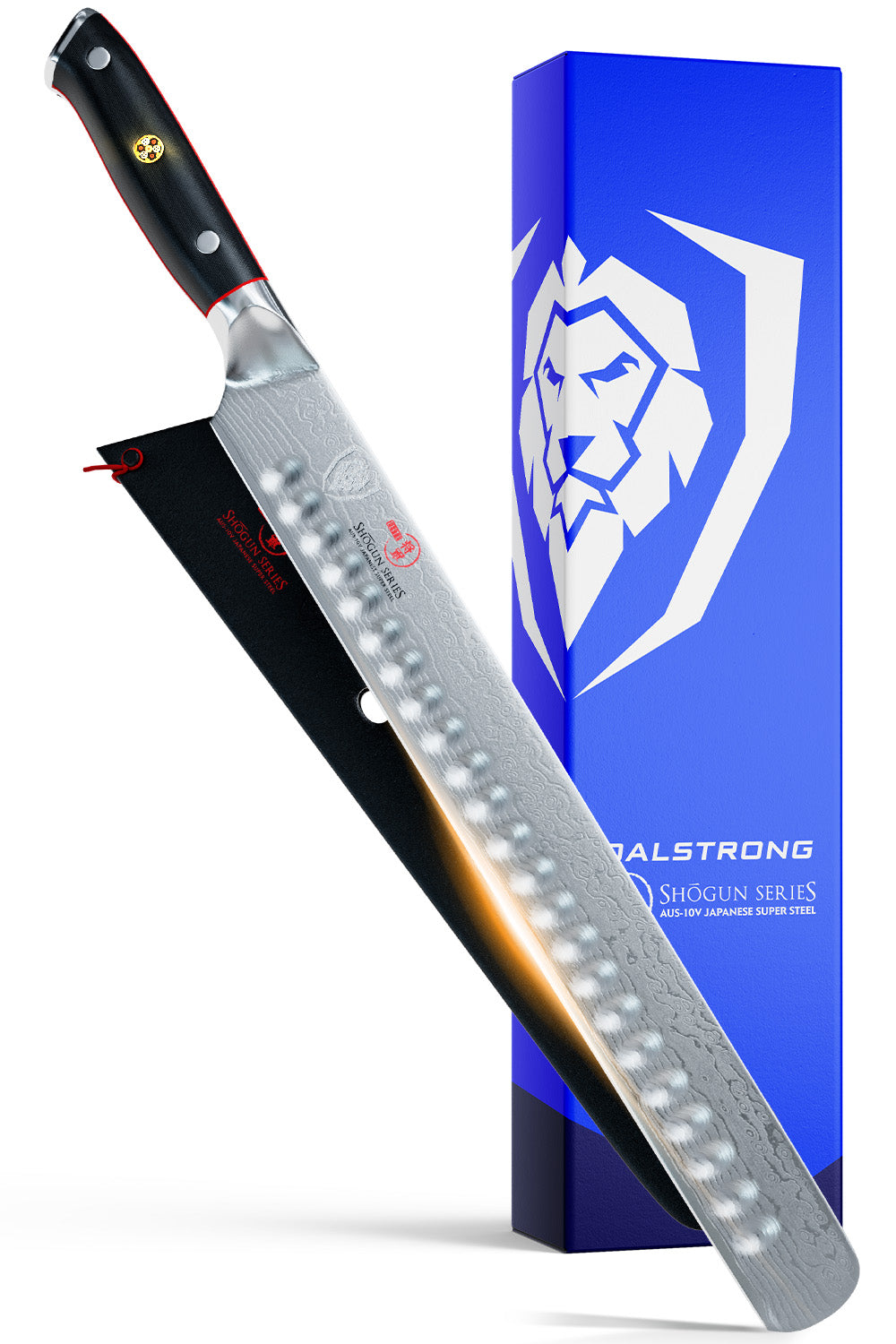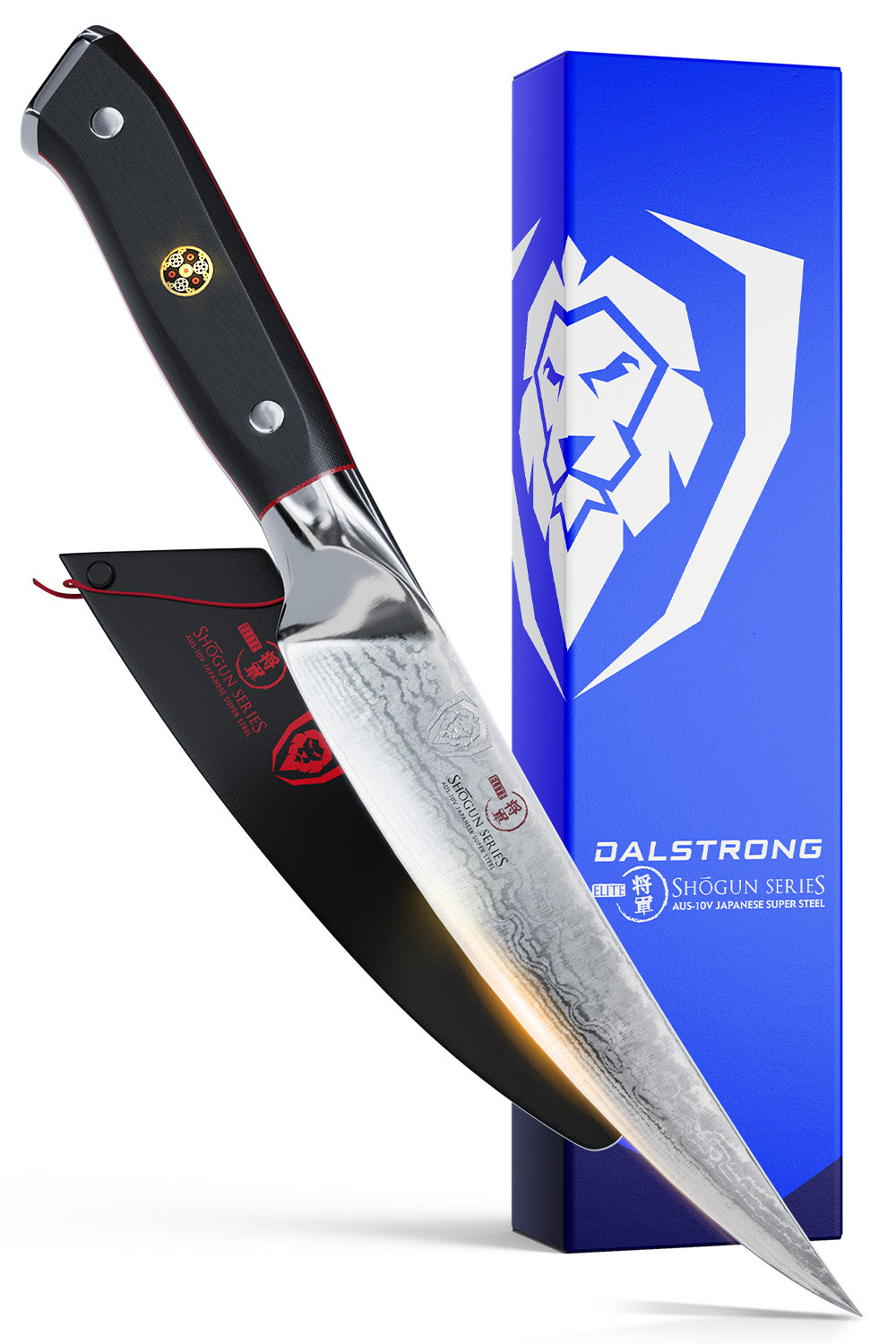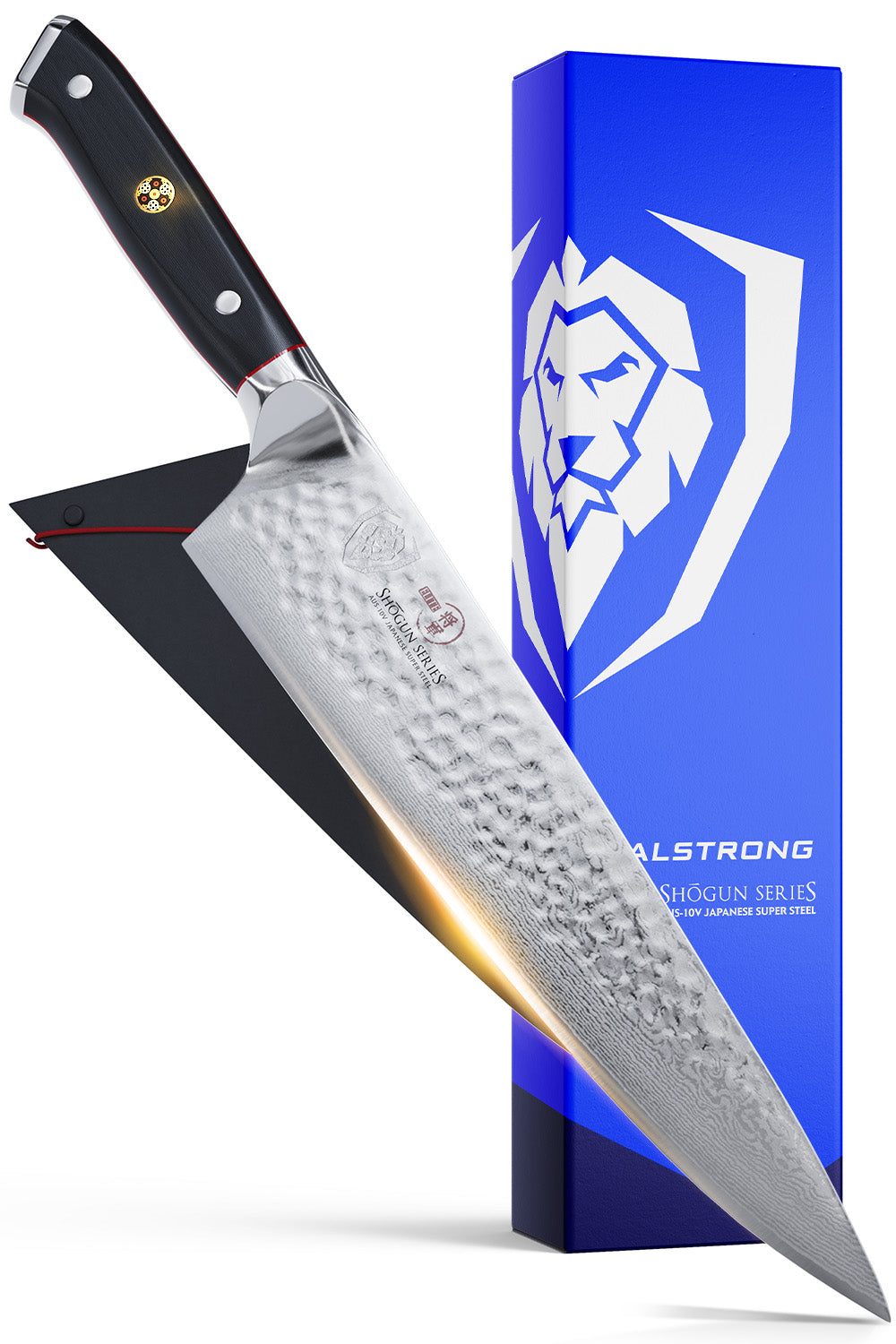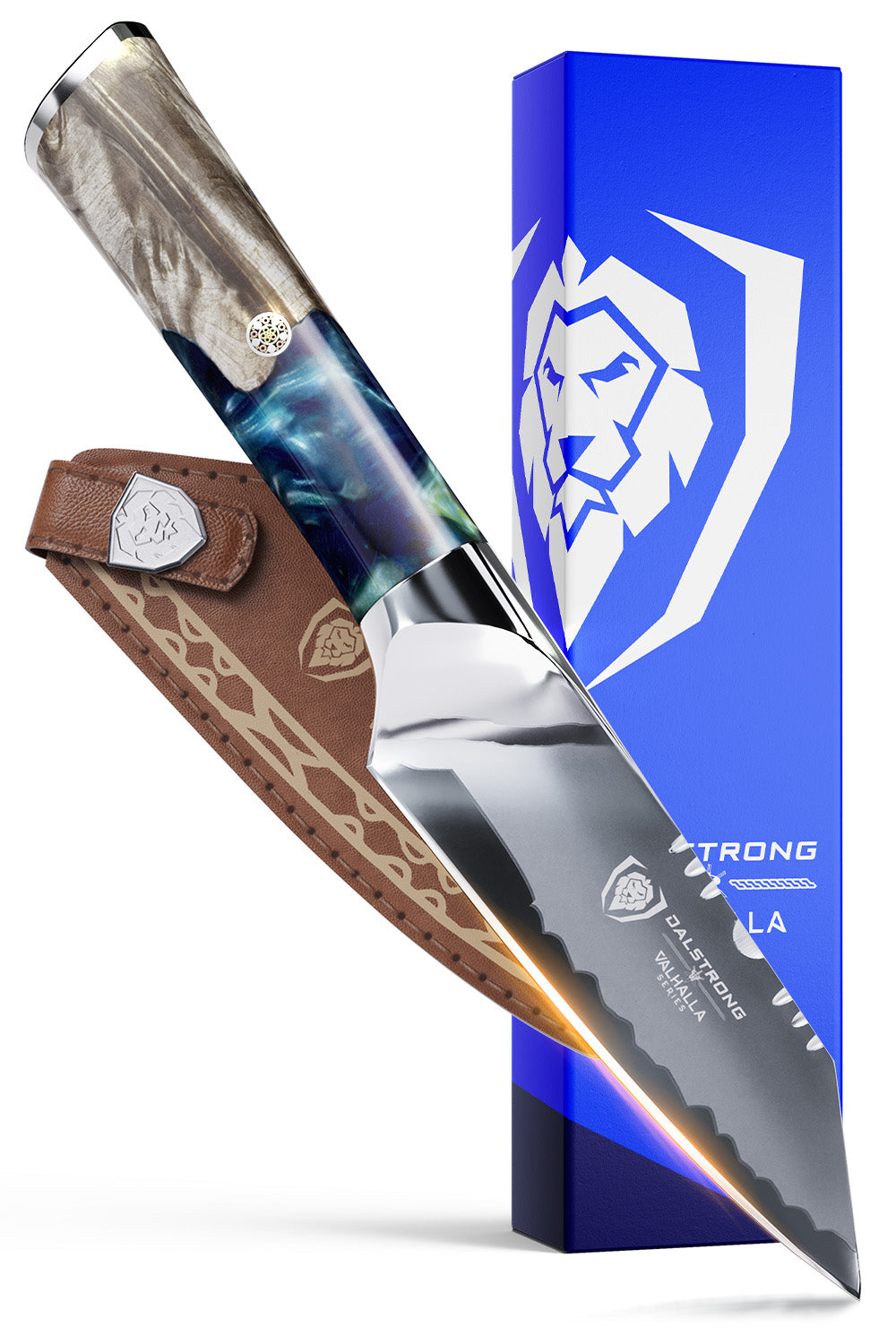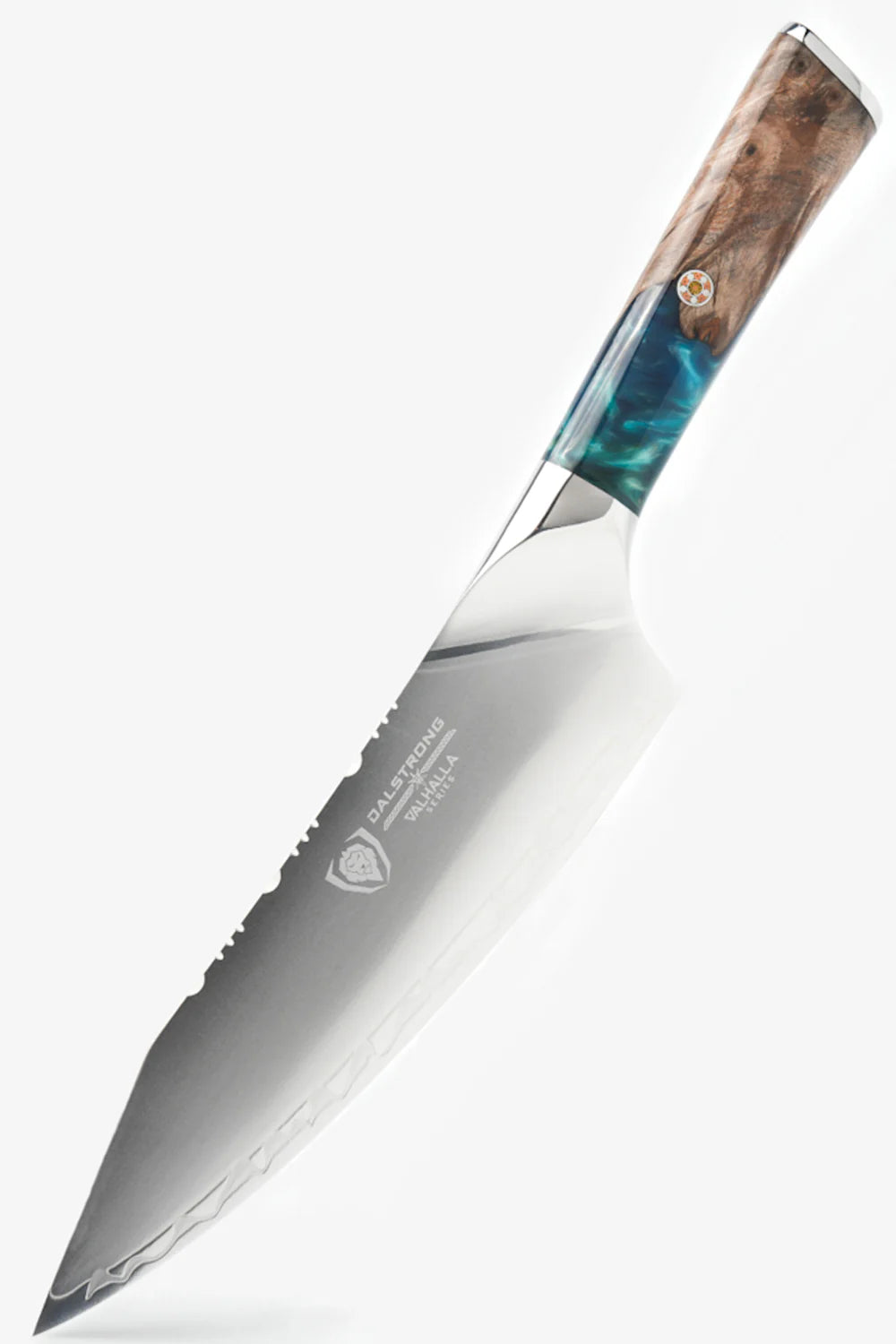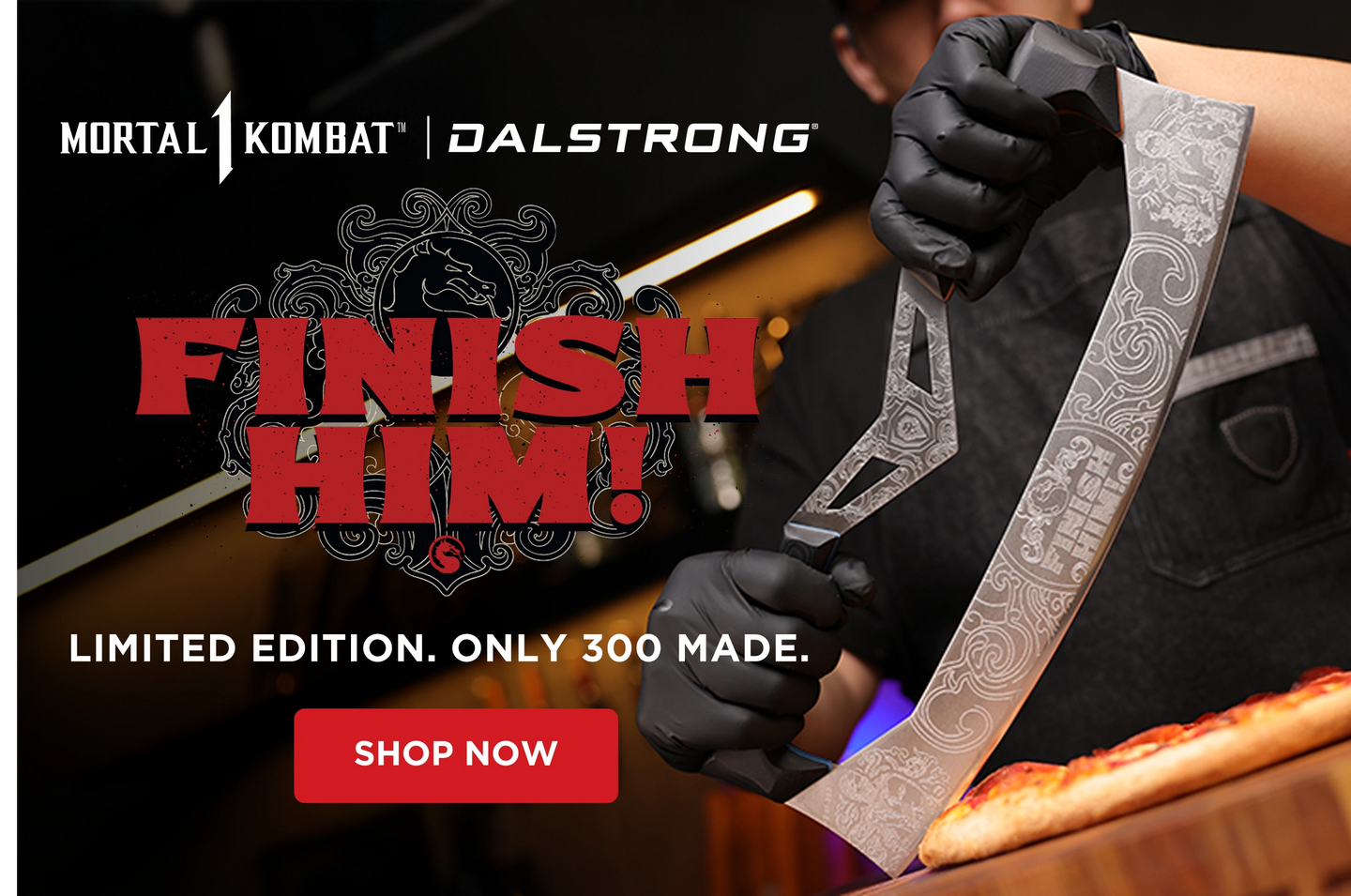
1. What Is A Saucepan?
Classic stainless steel saucepans are a hybrid of a frying pan/saute pan and a stock pot and are used for quick foods and reducing sauces like tomato sauce to your desired consistency. You can prepare a small batch of mashed potatoes, and some gravies and stews, too. It has rounded corners with straight sides and one handle.A saucepan with a lid is often purchased together. Saucepans also have a small cooking surface, which can be inconvenient if you want to take on elaborate cooking tasks.
For more information check out our article on what is a saucepan?
2. Key Differences Between A Saucepan And A Stock Pot
Material
Saucepans and pots may look similar, but there are quite a few differences to note! Saucepans usually have a single layer of aluminum, but that is not enough. Having an aluminum core with a stainless steel build strengthens cookware and makes it safer to use.
Pots on the other hand are usually made with hard, anodized aluminum which makes the pot twice as tough and helps resist scratches, thanks to its oxidized layer. Since pots usually have a stainless steel build, they are oven safe, easy to clean, and have excellent heat distribution.
Ergonomics
Saucepans, also known as roasting pans are vertical in shape and have one handle riveted to the side. The handle is often made with stainless steel, just like the pan, which can quickly heat up and cause burns and bruises.
Pots have engraved ergonomic handles on both sides to lift heavy portions of food. These handles are made to evenly distribute the weight of the pot, and not heat up to the extent of causing burns and bruises.
Pots are also more versatile as they can have both, a single-side ergonomic handle, or double-sided ergonomic handles, depending on your needs.
Size
Saucepans are usually available in one size, holding only 1 to 2 quarts of liquid. It's quite hard to find 3quart saucepans or 3quart sauciers. And, if you require 3quart sauciers, it’s incredibly heavy to lift with one side handle, so it's safer to go for a pot instead.
Pots offer a wide range of sizes to pick from, depending on your needs! (6-quart, 8-quart, 12-quart, and 16-quart).

3. Stock Pots And Their Uses
Pots come in a variety of sizes, depending on what you cook. An easier way to choose a pot would be by the number of people you are cooking for or want to feed.
6-Quart
Ideal to feed 12 people or prep food for your family for the rest of the week. Used to make stews, chilis, curries, and pasta.
8-Quart
An 8-Quart pot can feed up to 16 people and is best used during family gatherings as an alternative to dutch ovens.
12-Quart
A 12-Quart pot can hold enough liquid or food for 24 people. It is best for Thanksgiving or Christmas – A great alternative to dutch ovens.
16-Quart
A 16-Quart pot can hold mason jars or help in the process of canning. Perfect for a large batch of kimchi or homemade marinara sauce.
4. Disadvantages Of Saucepans
Versatility and Material
Saucepans aren't as versatile as pots since they work best only for foods that have a consistency like sauces, broths, and soups do. But, most importantly, nonstick pans sets make it difficult to sear food. And, if you try to heat the oil to high temperatures of heat, the disc and cooking surface will begin to warp.
Saucepans are usually made with a thin layer of aluminum. While aluminum is a great conductor of heat, it can't retain heat as well. So, you're going to struggle with hot and cold spots when cooking with saucepans – Especially if you want to use it as a roasting pan. You have to cook food in a steel saucepan and at consistent heat to avoid this.
Saucepans that are made entirely with aluminum can be a hassle to work with when cooking acidic foods, as they will start to break down the material, damage the pan, and become extremely hazardous to cook in. The nonstick coating may also release toxins like Teflon into food. It is always better to opt for cookware that has an aluminum core and a stainless steel build to make cooking tasks easier.
Maintenance and Ergonomics
Saucepans that begin to react to acidic foods and high temperatures of heat start to release a metallic taste in the food, which is not only unsafe but distasteful, too. So, unless you're only using a saucepan to boil water or use it as a butter warmer, it's best to choose a versatile piece of cookware like a pot. Covered saucepans or saucepans with lid make it difficult to check the doneness of food, too.
As long as you're cooking sauces and other liquids, nonstick saucepan sets are easy to clean, but they can be a pain to clean if there are stuck-on food particles, since these pans can't be exposed to harsh detergents, and you will have to hand-wash them.
Since most pans sets have one handle only, they are not so comfortable to hold. Most saucepans are not oven safe or compatible with induction cooktops either, which takes away the purpose of using cookware, especially if you're big on baking and making hot pots – For which stock pots are perfect.
5. Stock Pots vs. Other Popular Pieces Of Cookware
Pots vs. Pressure Cookers
Pressure Cooker
Pressure cookers are quite loud, not comfortable to hold, difficult to open due to the pressure inside, and can't be used if slightly dented. If you lose out on the vent pipe or the rubber casing that fits around the lid, you can't use your pressure cooker anymore. Cookers are difficult to clean as well since you need to hand-wash each part.
Since pressure cookers aren't equipped with glass lids, you can't be certain if the food inside is cooked. They lack an aluminum core, which makes them slightly unsafe compared to pots. They also take up a lot of space and can be a chore to store. Cookers are more expensive than pots, too.
Pots
Pots aren't nearly as heavy as pressure cookers, are easy to clean, budget-friendly, and can make difficult cooking tasks quite easy. Pots can also be stacked easily, so they don't take much space, which is excellent if you have a compact kitchen. While cookers are faster than pots, pots cook food more evenly and tenderize tough meats.
Pots also don't need any seasoning, as they have a safe nonstick coating that does not release Teflon or other harmful chemicals into your food. Pots also cool down efficiently and are comfortable to hold, thanks to the double-sided ergonomic handles.
Pots vs. Enameled Cast Iron
Enameled Cast Iron
Enameled cast iron pans are extremely heavy and are oven safe – But, they only cater to braised and slow-cooked foods. Instead of an aluminum core, there is an enamel glaze on the cooking surface which acts as a nonstick coating for the pan, so heat distribution takes time.
Unlike pots, enameled cast iron pans take up too much space for storage and can't be stacked atop other cookware as they can chip and break with very little effort.
Pots
If you pick a medium to large pot, it can cook any food with ease. They can be used as double boilers since they're light in weight and easy to stack – Making them great butter warmers instead of a steel saucepan.
They heat faster, are oven safe, dishwasher safe, and cool down steadily. Pots can endure temperatures up to 600º F and have excellent heat distribution. The best part? They don't scratch or dent with even the sharpest chef knife.
Pots vs. Dutch Ovens
Dutch Ovens
Dutch ovens require higher maintenance than pots as they can chip and crack quite easily – They aren't completely oven safe or dishwasher safe for the same reason. Dutch ovens have a nonstick coating which needs to be maintained occasionally.
However, due to the nonstick coating, you can't cook fish, cheese, garlic, or eggs in it. Lastly, the handles on a dutch are inverted and heat up instantly making it difficult to transfer from the stovetop.
Pots
Pots are much lighter than dutch ovens and don't dent easily. The aluminum core in pots calls for great heat distribution. The ergonomic handles are riveted and engraved, which makes it easy to transfer food from the stovetop to the oven. Pots are more versatile, as they can boil water and sear the toughest cuts of meat, too.
6. Dalstrong Recommended Stock Pots For You
1. 3 Quart Stock Pot Hammered Finish Black | Avalon Series
This 3-Quart stockpot is the perfect buy for a couple or a small family; holding just enough food for 2-3 people. The perfectly fitting stainless steel lid allows you to conveniently store leftovers. The 18/10 stainless steel provides exceptional heat distribution and is perfect to work like double boilers or butter warmers.
Pros:
- Added protection with its 5-Ply Copper Forged Foundation and pot protector.
- Heats 5x and 20x quicker than its iron and stainless steel counterparts.
- The ergonomic handle on the side is comfortable to hold.
- Easy to clean!
Cons:
- Some individuals may prefer a nonstick cookware set over a stainless steel cookware set. I suggest the Oberon Series 3 Quart ETERNA Non-Stick Stock Pot.
- It is used by professional chefs, which could be overwhelming.
2. 3 Quart Stock Pot Silver | Oberon Series
This stockpot is made with 18/10 non-reactive stainless steel that is designed to improve performance significantly, thanks to its excellent heat distribution traits. Equipped with a 4mm tempered glass lid to prevent warping.
Pros:
- Its layers of satin and nylon aid in its scratch-resistant quality.
- It can be used on induction cooktops which is a great steal for a collegiate.
- It is dishwasher, refrigerator, and oven safe.
- Easy to clean.
Cons:
- Less decorated and visually appealing compared to the Avalon series, but is perfect if you love a minimalistic approach.
- You may prefer a larger stockpot, so I suggest the Oberon 12 Quart Stock Pot instead.
3. 12 Quart Stock Pot Silver | Oberon Series

The only pot you would need for home kitchens! I browsed through fathers day gifts to choose from, and I knew my dad would love this stockpot as it’s perfect for family potlucks, canning and storing pickles, relishes, or large leftovers. Minimalistic in its appearance, the 3-Ply aluminum core isn’t here to play (Unless it’s with fire).
Pros:
- Impeccable heat distribution and conductivity to cook food evenly.
- Perfect to throw in veggies and make a broth or homemade tomato sauce.
- Easy to clean.
- Comfortable to hold, thanks to its double-sided engraved ergonomic handles.
Cons:
- Could be too large for a small family.
- Looking for something smaller than 12 quarts but bigger than 6 quarts? I suggest this 8 Quart Stock Pot from our Oberon Series.
4. 8 Quart Stock Pot Hammered Finish Black | Avalon Series

Pros:
- Equipped with a stainless steel lid to maintain the perfect seal.
- Stovetop and induction top friendly.
- Broiler and oven safe for the perfect finish on your favorite foods.
- Comfortable to hold and easy to clean.
Cons:
- This pot could be slightly expensive if you’re on a budget.
- The black color and hammered finish might not be everyone's cup of tea.
5. 5 Quart Sauce Pot Silver | Oberon Series

Looking for a perfectly-sized sauce pot? Dalstrong always has you covered. This 3-Ply aluminum-clad sauce pot has impeccable heat distribution, thanks to the thick, nonreactive layers of 18/10 classic stainless steel. The rounded corners are easy to clean, the ergonomic handles make it comfortable to hold, and it is broiler and oven safe.
Pros:
- Built to last generations!
- Made with non-toxic materials for healthy cooking.
- The perfect sauce pot to make double boilers in home kitchens.
Cons:
- Need a 5 Quart sauce pot that is luxurious in appearance? Check this one from our Avalon Series.
- Looking for a sauce pot just a smidge smaller? I suggest this Oberon Series 4 Quart Stock Pot in Silver.
Interested in checking out cookware sets to unleash your inner Dalstrong Pro? Head right this way.
7. Frequently Asked Questions
What is a saucepan used for?
A saucepan is used for reducing sauces like tomato sauce, or simply boiling water or milk. You can prepare a small batch of mashed potatoes, and some gravies and stews.
Does a saucepan come with a lid?
A saucepan with a lid, specifically a glass lid, helps you see if your food is cooked. A saucepan with cover makes it difficult to see the doneness of your food, which is why chefs choose stockpots.
What is a saucepan vs skillet?
A saucepan has vertical and straight edges, while a skillet has rounded corners.
How does a saucepan look like?
A saucepan is deep with curved or straight sides and a handle. Since it is difficult to maneuver any cookware with a single handle, seasoned chefs and amateur cooks in home kitchens prefer using a pot instead as it provides better grip through the ergonomic handles.

































